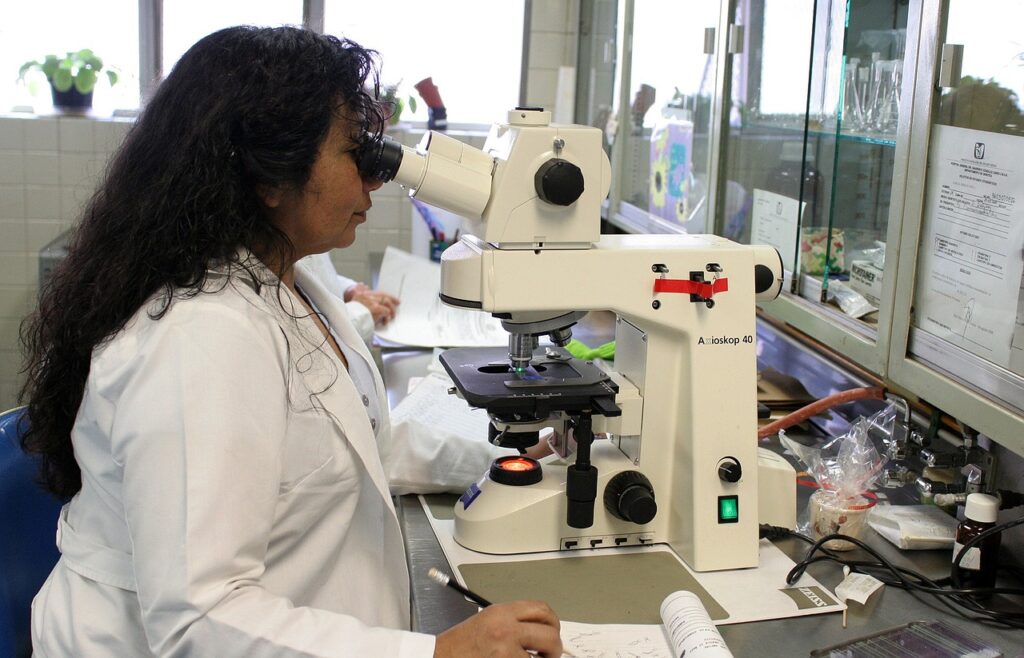The Siberian Husky, with its striking appearance and unwavering endurance, is a breed that has captivated dog lovers worldwide. These magnificent dogs, known for their wolf-like features and striking blue eyes, have a history deeply rooted in the harsh Arctic landscapes of Siberia. In this blog post, we will explore the world of Siberian Huskies, from their fascinating history and distinctive characteristics to their care requirements and more. Whether you’re considering adding a Siberian Husky to your family or simply want to learn more about this remarkable breed, read on to discover the allure of the Siberian Husky.
The History and Origins of the Siberian Husky
The Siberian Husky’s origins can be traced back to Siberia, where they were initially bred by the Chukchi people, an indigenous group from the Siberian Arctic. Here are some key points about their history:
- Ancient Sled Dogs: Siberian Huskies were bred for their strength, endurance, and ability to work in the challenging Arctic conditions, serving as sled dogs and companions to the Chukchi people.
- Alaskan Connection: In the early 20th century, Siberian Huskies gained international attention when they were brought to Alaska for sled dog racing, including the famous Iditarod Trail Sled Dog Race.
- Balto’s Legacy: One of the most famous Siberian Huskies, Balto, played a pivotal role in delivering diphtheria antitoxin to Nome, Alaska, in 1925 during a life-saving serum run.
Physical Characteristics
Siberian Huskies are known for their distinctive appearance, which includes:
- Size: They are a medium-sized breed, with males typically standing 21 to 24 inches (53 to 61 cm) tall at the shoulder, and females slightly smaller.
- Coat: Siberian Huskies have a dense double coat that comes in various colors, including black, gray, red, and agouti. Their striking facial masks and blue eyes are often their most memorable features.
- Eyes: The Siberian Husky’s eyes can be blue, brown, or a combination of both. Some Huskies even have one blue eye and one brown eye, adding to their unique charm.
- Tail: They have a plume-like tail that curls over their back.
Personality and Temperament
Siberian Huskies have a distinct personality that sets them apart:
- Friendly: They are generally friendly and outgoing, making them great companions for families and individuals alike.
- Independent: Siberian Huskies have a touch of independence and can be somewhat aloof at times.
- Sociable: They often get along well with other dogs, but their strong prey drive may make them less suitable for homes with small pets like cats and rabbits.
- Playful: Huskies are playful and energetic, requiring regular exercise and mental stimulation.
Care and Grooming
Owning a Siberian Husky comes with specific care considerations:
- Exercise: Siberian Huskies are highly active dogs and need daily exercise, including walks, runs, and playtime in a securely fenced yard.
- Grooming: Their thick double coat requires regular brushing to prevent matting and to manage shedding. They shed heavily during seasonal changes.
- Socialization: Early socialization is crucial to ensure they are well-behaved and comfortable around other dogs and people.
- Training: Siberian Huskies are intelligent but can be stubborn. Consistent and positive reinforcement-based training methods work best.
- Healthcare: Regular veterinary check-ups are essential to monitor their overall health. Huskies can be prone to certain health issues, including hip dysplasia and eye conditions.
FAQs
Q1: Are Siberian Huskies good with children?
A1: Yes, Siberian Huskies are generally good with children. They are friendly and playful, making them great family pets. However, supervision is advisable, especially with younger children, to ensure safe interactions.
Q2: Do Huskies tolerate hot weather?
A2: Siberian Huskies are bred for cold climates and may struggle in hot weather. They should have access to shade and water during hot days, and exercise should be limited in extreme heat.
Q3: Can Siberian Huskies live in apartments?
A3: While Siberian Huskies can adapt to apartment living, they need regular exercise and mental stimulation. Apartments should provide adequate space for play and daily walks.
Q4: Are Huskies prone to specific health issues?
A4: Siberian Huskies can be prone to certain health conditions, including hip dysplasia, cataracts, and progressive retinal atrophy (PRA). Regular vet check-ups are essential for early detection and treatment.
Q5: Do Siberian Huskies require a lot of grooming?
A5: Yes, they do. Siberian Huskies shed year-round and blow their coats seasonally. Regular brushing helps manage shedding and keeps their coat in good condition.
In conclusion
the Siberian Husky is not just a breed; it’s a remarkable companion that brings energy, charisma, and a touch of the wild to your life. Whether you’re drawn to their striking appearance, their friendly nature, or their rich history, a Siberian Husky can make an adventurous and loyal addition to your family. With proper care and attention to their exercise needs, they will thrive and bring joy to your life for years to come.



